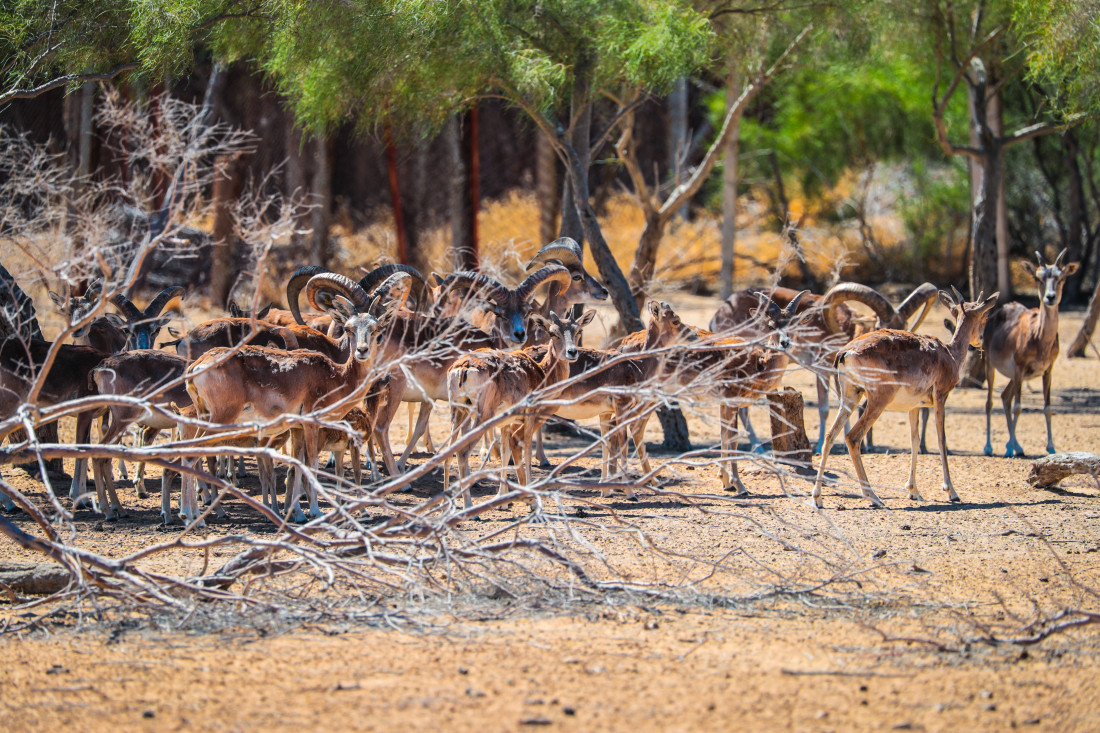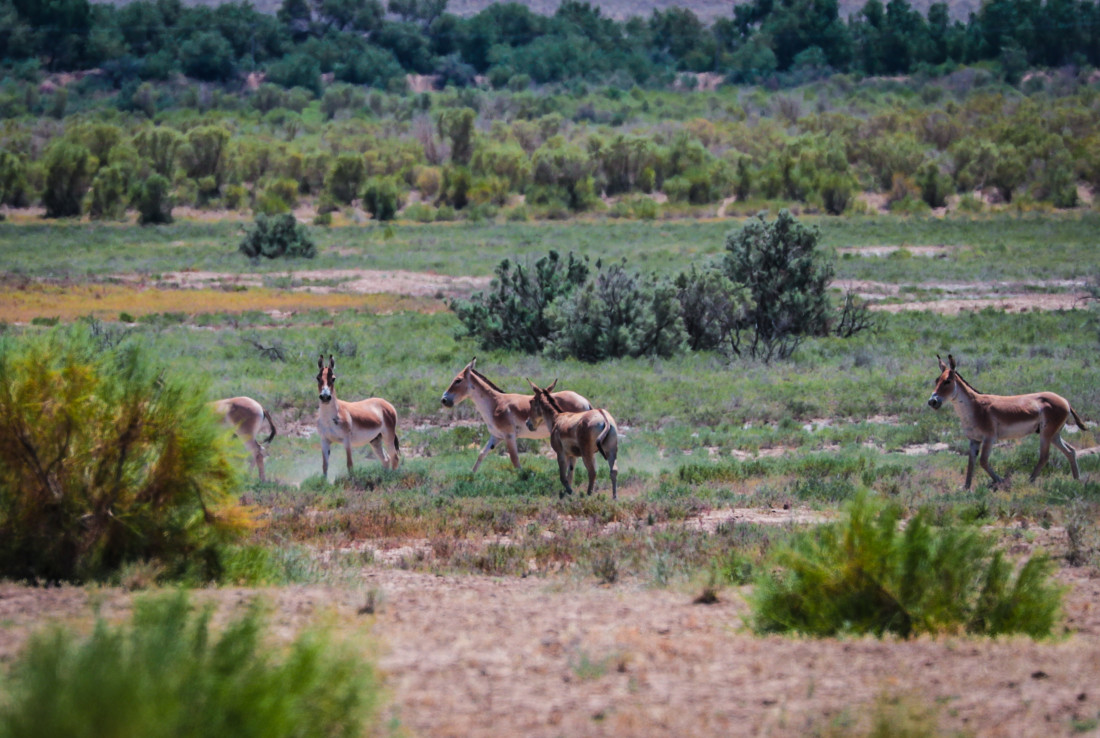In Uzbekistan, there is a fairly wide network of protected sites, covering many biocenoses and ecosystems. There are 9 reserves in our country, including the Nizhne-Amudarya State Biosphere Reserve, 2 reserves, the Republican Center for Breeding Rare Animals (Jeyran Ecocenter), 12 state reserves. The total area of protected natural areas is 20,520 km2 (5% of the entire territory of Uzbekistan).

On the basis of the current reserve, the Primorsky Reserve was originally created in 1939, but it was liquidated in 1941, after which it was re-created in 1971 as the Badai-Tugai Reserve. A special contribution to the development of the reserve was made by the first director Viktor Pavlovich Lim, who for the first time in Uzbekistan was involved in the re-acclimatization of the Bukhara deer. His scientific and practical activities are reflected in the monograph "Wildlife Conservation on the Territory of Uzbekistan: History and Modernity" and in more than 70 scientific articles.
In 2011, the Cabinet of Ministers of the Republic of Uzbekistan adopted a resolution on organizing the activities of the Lower Amudarya State Biosphere Reserve. It was created as part of a joint project of the Government of Karakalpakstan, the United Nations Development Program and the Global Environment Facility "Conservation of tugai forests and strengthening of protected area systems in the Amudarya River Delta in Karakalpakstan." The reserve will allow to preserve valuable corners of wild nature and at the same time to develop the region's economy sustainably. The total area of the biosphere reserve is 68,717.8 hectares, of which 11,568.3 hectares are a protected area with a strict protection regime; 6731.4 ha buffer zone, and 50 418.1 ha intermediate (utish) zone.

The flora and fauna of the reserve is very rich. An eared hedgehog, a dwarf bat, a tolai hare, a midday gerbil, a jackal that hides in difficult tugai, and a badger that also lives here among trees and shrubs live in the reserve. Ungulates of the reserve are represented by two species: wild boar and Bukhara deer (hangul - listed in the Red Book). The Bukhara deer has been reacclimatized in the reserve. It once inhabited the basins of the Amudarya rivers and the lower reaches of the Syrdarya.
The following objects of cultural and historical heritage are located on the territory of the Lower Amudarya State Biosphere Reserve:
Working hours: 9:00 AM - 6:00 PM, Mon-Fri
For any questions
ПОЛЬЗОВАТЕЛЬСКОЕ СОГЛАШЕНИЕ
1. Определение
Настоящее Пользовательское соглашение (далее — Соглашение) является Публичной офертой в соответствии со статьёй 367 Гражданского кодекса Республики Узбекистан от 21.12.1995 (https://lex.uz/ru/docs/111181#162763) и регулирует порядок использования материалов и Сервисов сайта Государственного унитарного предприятия «Национальный PR-центр» (далее — Предприятие), размещённого на веб-сайте и поддоменах Национального Туристического Информационного Центра: https://uzbekistan.travel/ (далее — Сайт).
Посетитель и (или) Пользователь подтверждает, что ознакомлен, полностью и безоговорочно принимает все условия настоящего Соглашения и обязуется их соблюдать.
Использование Сайта Пользователем означает полное принятие данного Соглашения «как есть» в форме акцепта.
Соглашение вступает в силу с момента посещения любой страницы Сайта и (или) регистрации на Сайте и действует бессрочно во время пользования Сервисами Сайта.
Настоящее Соглашение обязательно для исполнения всеми Посетителями и Пользователями без каких-либо изъятий и дополнительных согласований.
Пользователь обязуется самостоятельно проверять актуальную редакцию Соглашения на Сайте перед использованием Сервисов.
2. Предмет Соглашения
Предметом настоящего Соглашения являются правила использования материалов Сайта и предоставление Посетителю и (или) Пользователю возможности использования Сервисов Сайта.
Предприятие является правообладателем исключительных прав на Сайт в целом и на его составные части, включая все виды контента: логотипы, товарные знаки, тексты, статьи, аннотации, иллюстрации, фотографии, графику, аудио- и видеофайлы, пользовательские интерфейсы, дизайн, структуру, программы, базы данных.
Я прочитал(а) и соглашаюсь с условиями использования сайта и политикой конфиденциальности.
